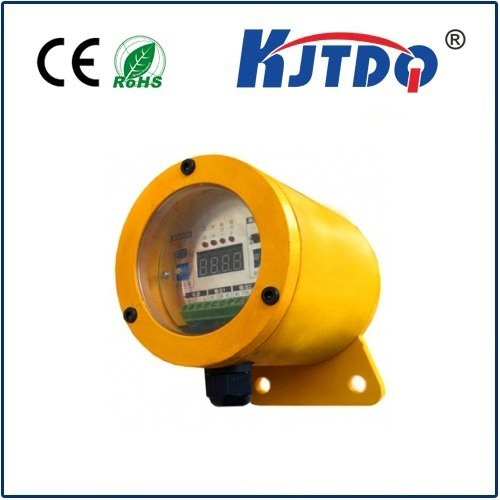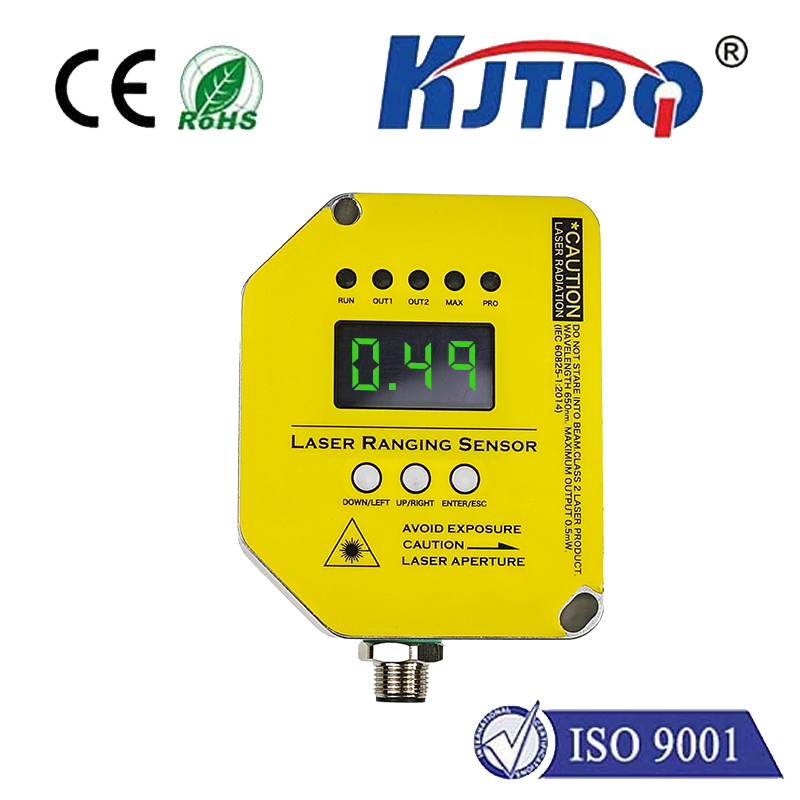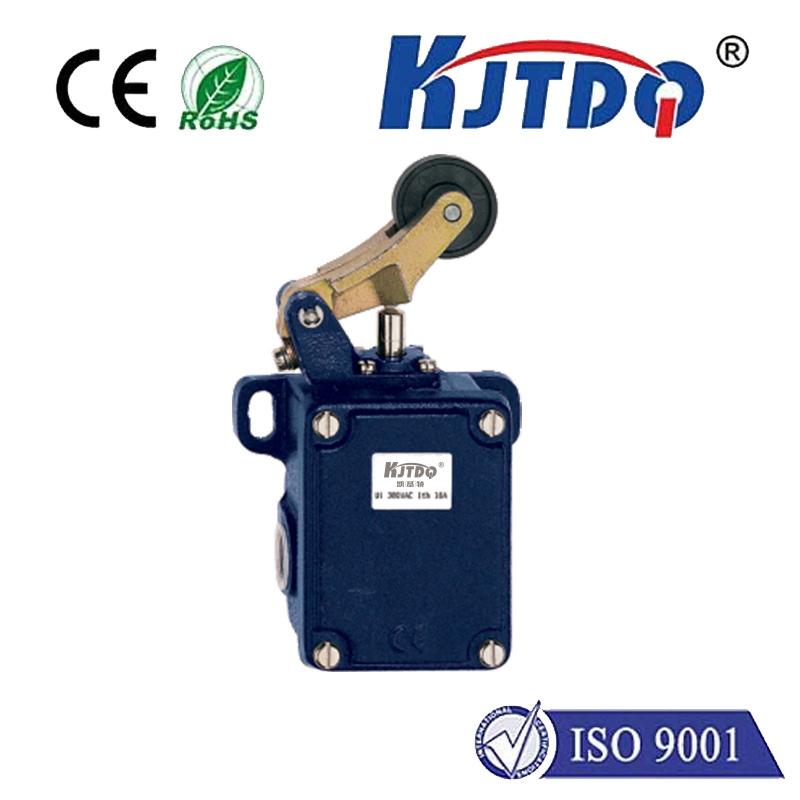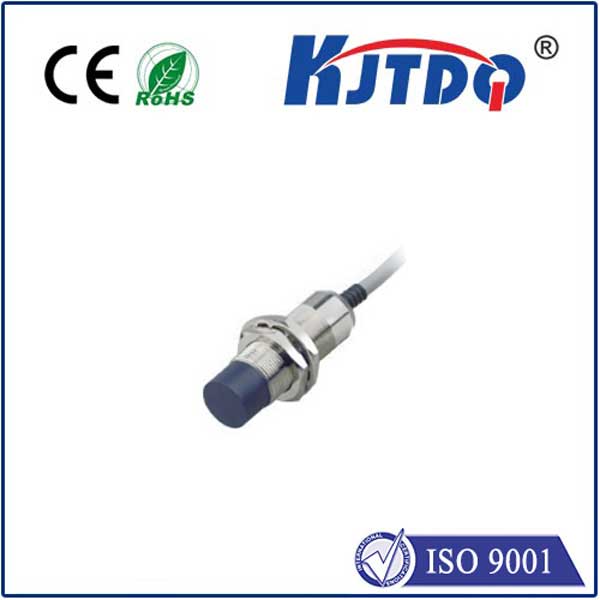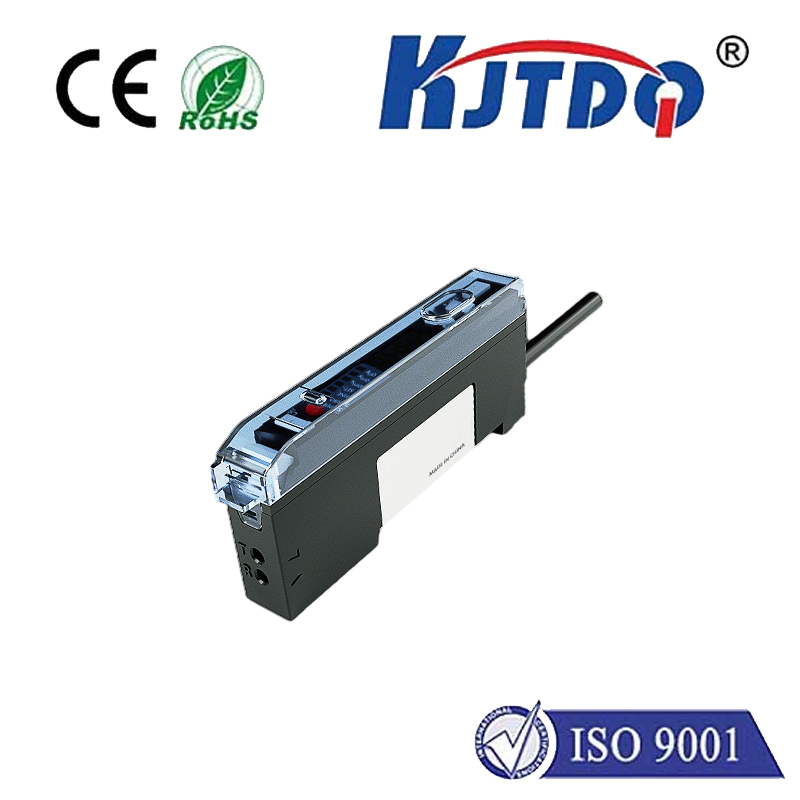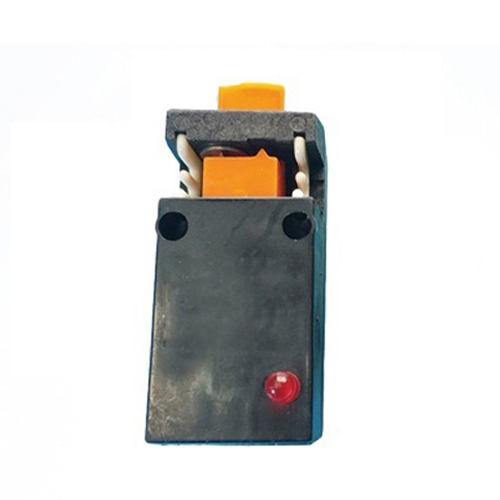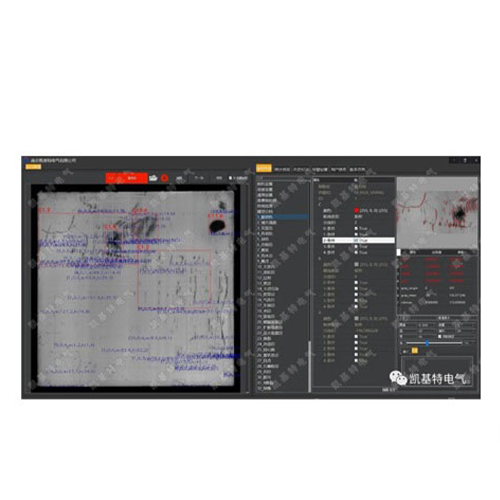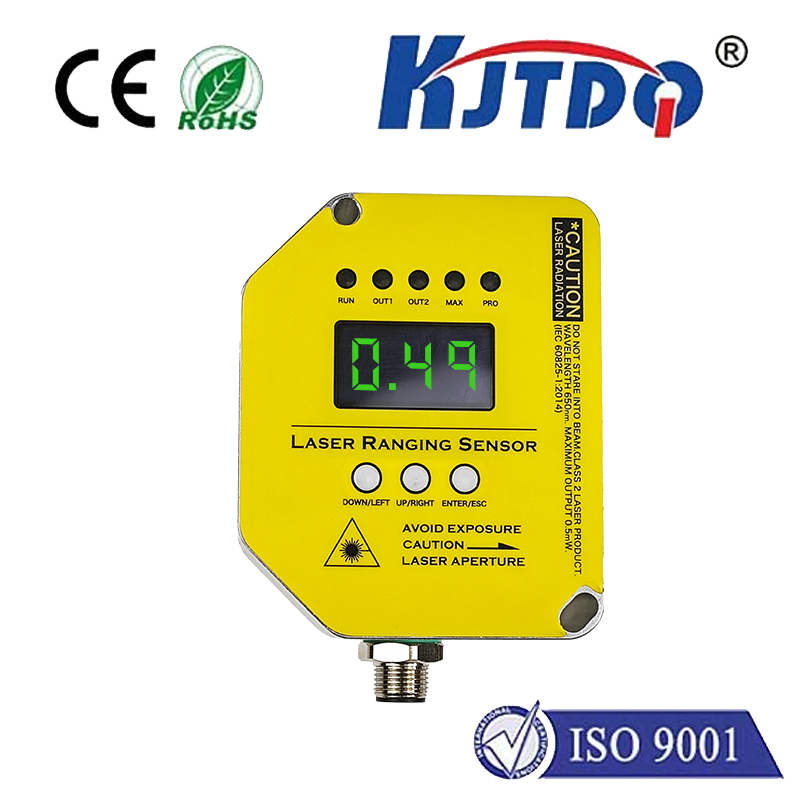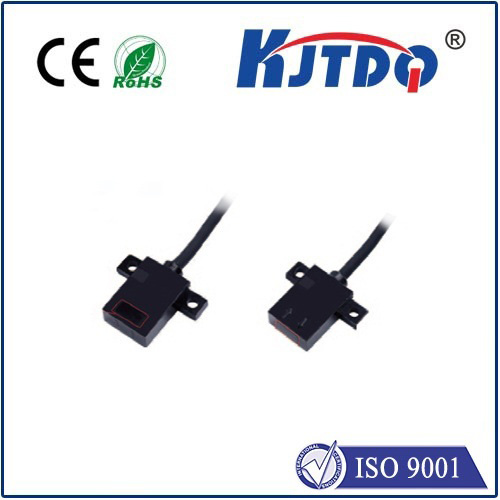sn04 n sensor
- time:2025-06-26 03:14:17
- Click:0
Unlocking Efficiency: The Comprehensive Guide to Sn04N Sensor Technology
Ever been annoyed by automatic doors that open too late? Or wished your security lights would trigger more reliably? The solution often lies in a small, unassuming component: the Sn04N sensor. This powerful yet cost-effective proximity sensor sits at the heart of countless automation tasks, providing efficient infrared motion detection. Understanding its capabilities reveals how this essential device works to make our environments more responsive and secure.
At its core, the Sn04N sensor is a passive infrared (PIR) sensor. This means it doesn’t emit its own infrared signal but instead detects infrared radiation naturally emitted by warm objects, primarily humans and animals. Inside the sensor module, a specialized pyroelectric sensing element responds to changes in this incoming IR radiation. When a warm object moves within the sensor’s field of view, it creates a distinct change in detected heat patterns. The Sn04N’s integrated circuitry processes this change into a clean electrical signal – typically a voltage drop or logic low – indicating motion detection. This operation principle makes it exceptionally energy-efficient and reliable for continuous operation.

The effectiveness of the Sn04N sensor in automation hinges on several robust features:
- Adjustable Sensitivity: Often featuring a potentiometer, users can fine-tune how readily the sensor triggers, preventing false alarms from minor heat fluctuations or small animals.
- Wide Detection Range: Capable of reliably detecting motion within a specified zone, often up to 5-7 meters, depending on configuration and environment.
- Adjustable Delay Time: Crucial for applications like lighting or doors, this feature controls how long the output signal stays active after initial detection ends, ensuring smooth operation (e.g., allowing a person to walk fully through a door).
- Simple Output: Typically provides a clean digital output signal (high/low), making it incredibly easy to interface with microcontrollers (like Arduino or Raspberry Pi), programmable logic controllers (PLCs), or directly trigger relays for controlling lights, motors, or alarms. This ease of integration is a major advantage.
- Compact Size & Durability: Its small physical footprint allows for discreet installation in various locations, while a robust design ensures longevity.
These capabilities propel the Sn04N sensor into diverse automation applications:
- Automatic Doors: Found ubiquitously in retail stores, hospitals, and office buildings, the Sn04N reliably detects approaching individuals, triggering smooth door opening and closing sequences for convenience and hygiene. It seamlessly enables touchless access control.
- Security Systems: Serving as a fundamental intrusion detection component, the Sn04N activates alarms, surveillance cameras, or floodlights when unauthorized movement is detected within protected areas. Its robust interference resistance contributes to reliable security.
- Energy-Saving Lighting: Integrated into presence detection systems in rooms, hallways, or parking lots, these sensors ensure lights activate only when occupants are present, significantly reducing unnecessary energy consumption.
- Industrial Automation: Used on production lines and machinery to detect the presence or passage of objects, personnel proximity for safety, or triggering automated sequences in material handling processes.
- Smart Home Projects: For hobbyists and DIY smart home enthusiasts, the Sn04N offers an accessible entry point for creating motion-activated lighting, fan control, or security alerts using platforms like Arduino or Raspberry Pi. It embodies versatile sensor technology for inventors.
To maximize the effectiveness and longevity of your Sn04N sensor, consider these implementation tips:
- Optimal Mounting Height: Install the sensor at an appropriate height relevant to its intended detection targets (e.g., torso level for humans). Avoid mounting too high or too low.
- Mind the Detection Pattern: Understand the sensor’s inherent detection cone (approximately 110-120 degrees horizontally). Position it so that the desired coverage area aligns well with this pattern, using mounting brackets if needed for angle adjustment.
- Avoid Direct Interference: Steer clear of pointing the sensor directly at heat sources (like radiators, heaters, or direct sunlight through windows) or air vents blowing hot/cold air, which can cause false triggers. Optimal placement ensures reliable motion sensing.
- Calibration is Key: Utilize the sensitivity and delay time potentiometers (where available) after installation to fine-tune performance for the specific environment. Minimizing false positives is essential.
- Stable Power: Ensure a clean and stable power supply within the sensor’s operating voltage range (commonly 5V-12V DC). Consider adding basic voltage regulation or filtering capacitors nearby if noise is suspected for the best performance.
From the smooth glide of an automatic door to the instant activation of security lighting, the unassuming Sn04N sensor plays a pivotal role. Its passive infrared technology provides a reliable, energy-efficient, and cost-effective method for detecting motion and proximity. Easy integration using its simple digital output makes it accessible for both industrial applications and DIY electronics projects. Understanding its working principle, leveraging its adjustable sensitivity and timing features, and following best practices for mounting and calibration are crucial for harnessing its full potential. As a cornerstone of practical automation solutions, the Sn04N sensor consistently delivers robust performance, proving that significant innovation often starts with elegantly simple components quietly enhancing our interaction with technology.












